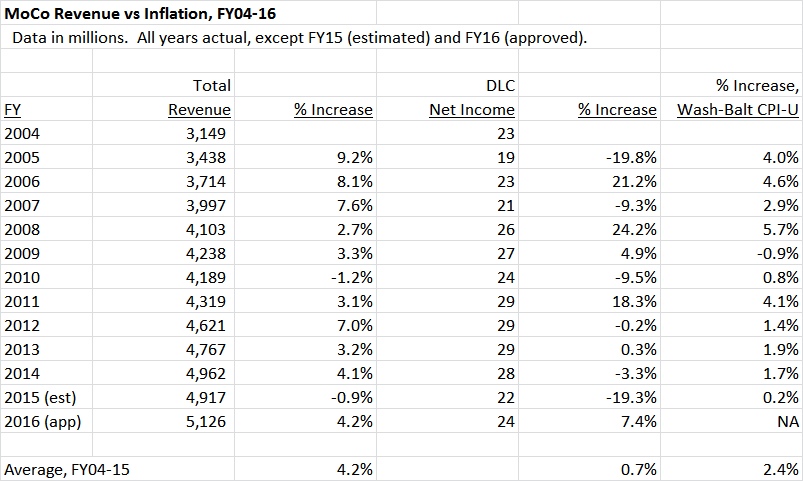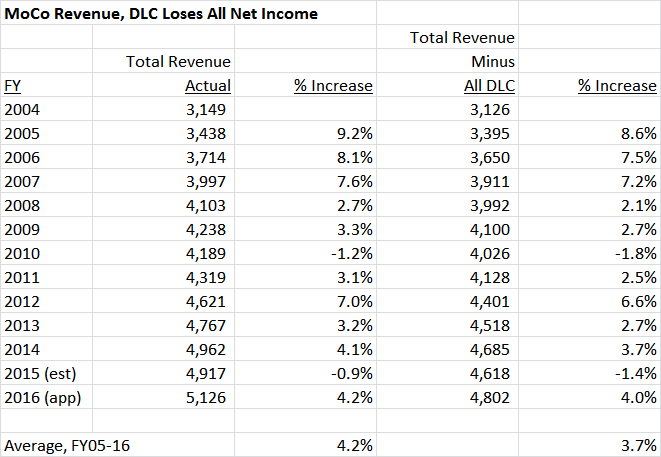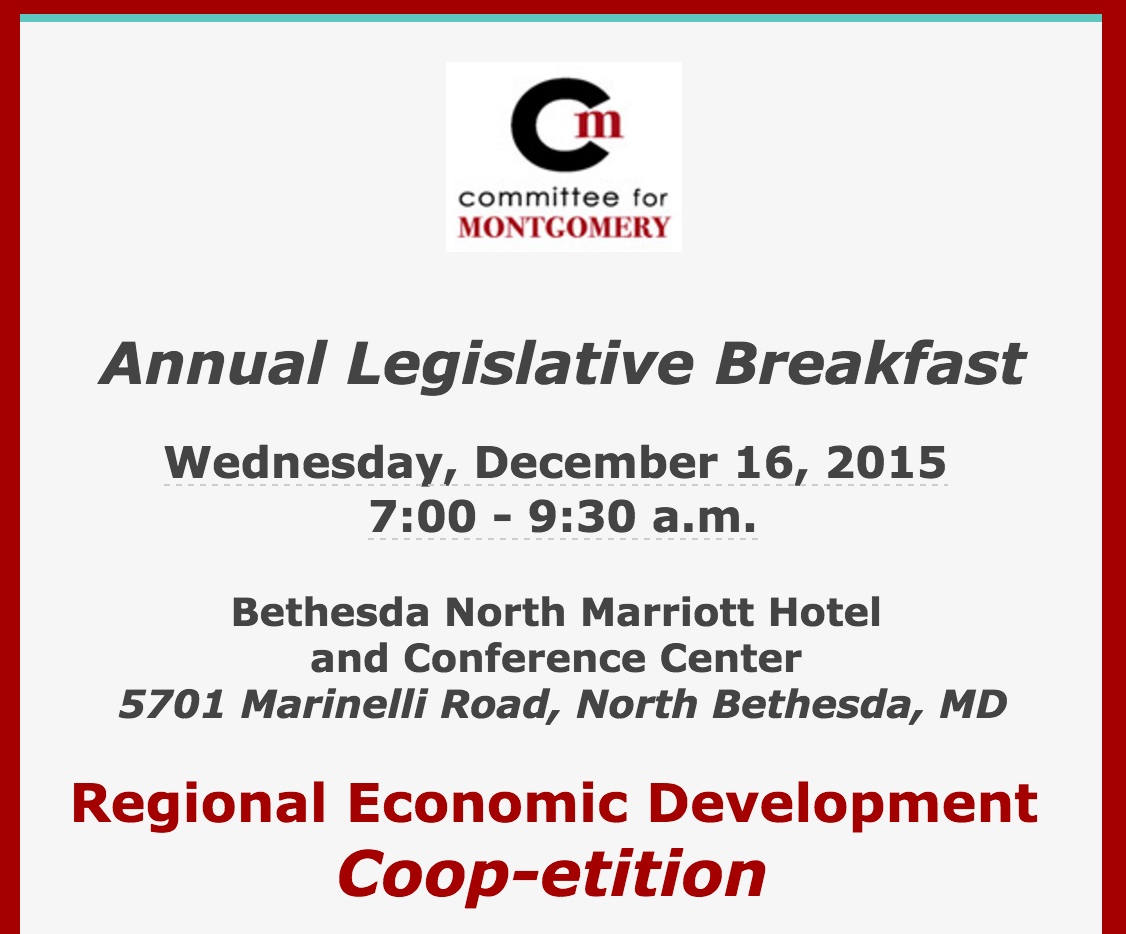The following is a press release from the Barve campaign:
ASIAN AMERICAN LEADERS UNITE BEHIND BARVE
Members of Congress, Maryland Leaders Endorse Congressional Campaign
Rockville, November 5, 2015 – Kumar Barve for Congress announced today the endorsement of Asian Congressional and Maryland leaders for his campaign for Congress.
“Kumar Barve is a leader in the innovation and technology sectors and is a proven job creator. He is a fighter for the middle class and working families,” said U.S. Rep. Ami Bera (D-CA). “His family history is the American immigrant success story and I would welcome him as a partner in Congress”.
“The AAPI community is united behind Kumar Barve in Maryland”, stated U.S. Rep. Grace Meng. “Kumar is a fighter for social justice. AAPIs are underrepresented in Congress and Delegate Barve has been a long been a national leader in promoting and protecting the civic and political rights of the Asian American and Pacific Islander communities”.
“Kumar Barve rose through the Montgomery County Public School system to become a groundbreaking leader in our community. His story – from his grandfather’s fight for citizenship to his historic election as the first Indian American state legislator – is our story” said Delegate Aruna Miller, who represents state legislative District 15 which is included with the 8th Congressional District. “Kumar has been a great mentor to those of us who have followed in his path”.
Barve is one the headliners tonight of the Maryland Democratic Party’s Mid-Autumn and Diwali Celebration in Gaithersburg that will gather AAPI leaders throughout the state. AAPIs, comprising about 8-9% of the population, represent a growing and increasingly active community within the 8th District of Maryland. Since his historic election in 1990, Barve has worked to increase the participation of the AAPI community in the civic and political life of their communities.
List of Endorsements
U.S. Rep. Ami Bera (D-CA)
U.S. Rep. Madeline Bordallo (D-GU)
U.S. Rep. Judy Chu (D-CA)
U.S. Rep. Mike Honda (D-CA)
U.S. Rep. Grace Meng (D-NY)
Norman Mineta, former U.S. Secretary of Transportation and Member of Congress
Maryland Delegate Mark Chang
Maryland Delegate Clarence Lam
Maryland Delegate Aruna Miller
Maryland Delegate Kriselda Valderrama
Virginia Delegate Mark Keam
Tufail Ahmad
Alan Cheung, former Member, Montgomery County Board of Education
Ed Chow, former MD Secretary of Veterans Affairs
Suresh Gupta
Rajan Natarajan, former MD Deputy Secretary of State
Farook Sait
Congressional Asian Pacific American Caucus Leadership PAC
Asian American Action Fund





